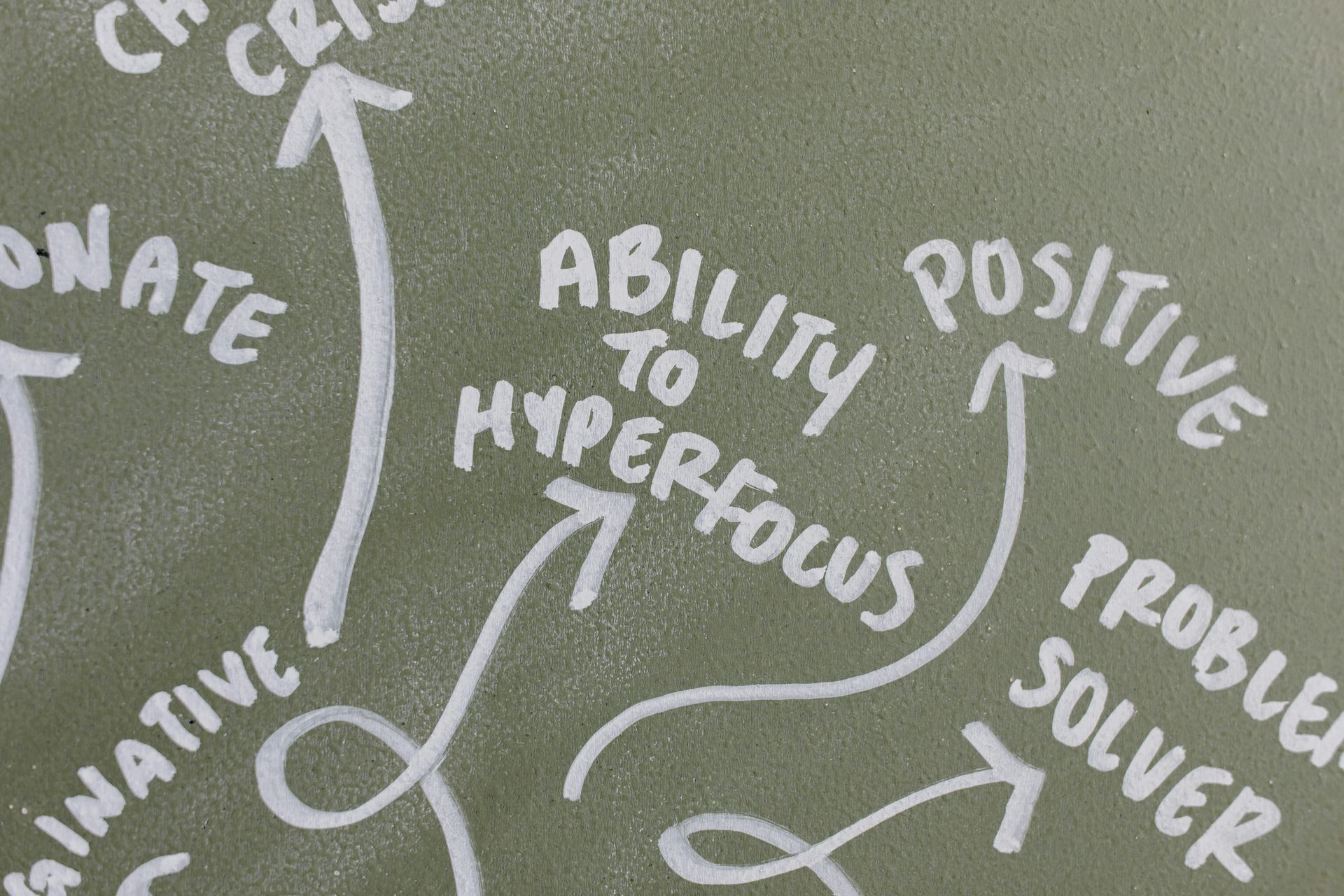What do you think about headlines such as “The end of Agile”, “Post-agile thoughts”, “Agile for Waterfall Projects” ? If Agile is about adapability and doing things smarter, then these headlines are worth skipping because they distract us from the motivations and principles of agile. Let’s take a day off from all debates.
Leading organisations are the ones that evolve fast from rules-based methodologies to frameworks governed by principles and context. It is getting a little old and suprising to observe prolonged discussions about merits of Agile.
Here is the first controversial proposition - maybe we need to stop using the word agile in order to save the agile manifesto from becoming a pretty ad on the packet of cigarettes.









